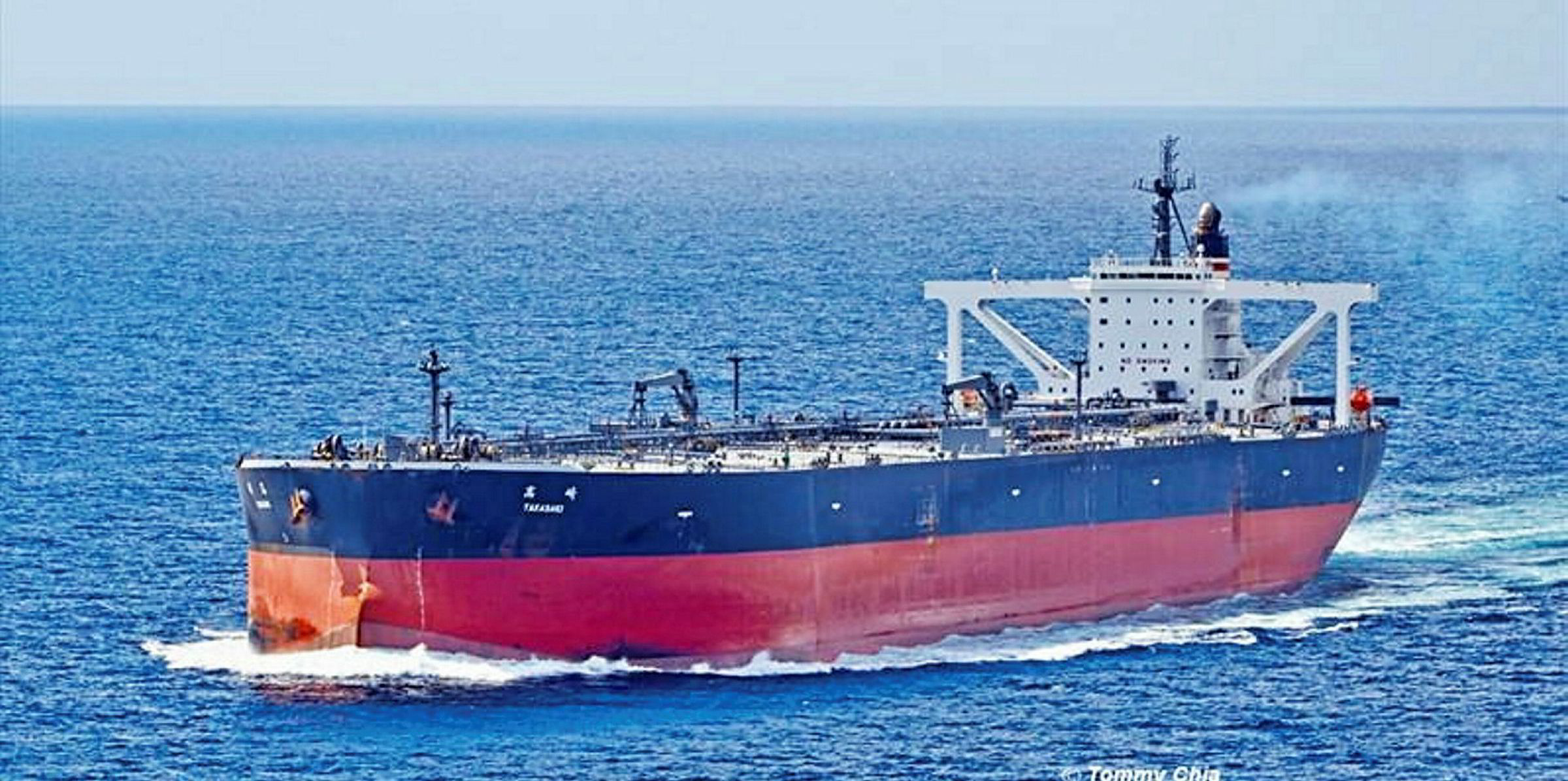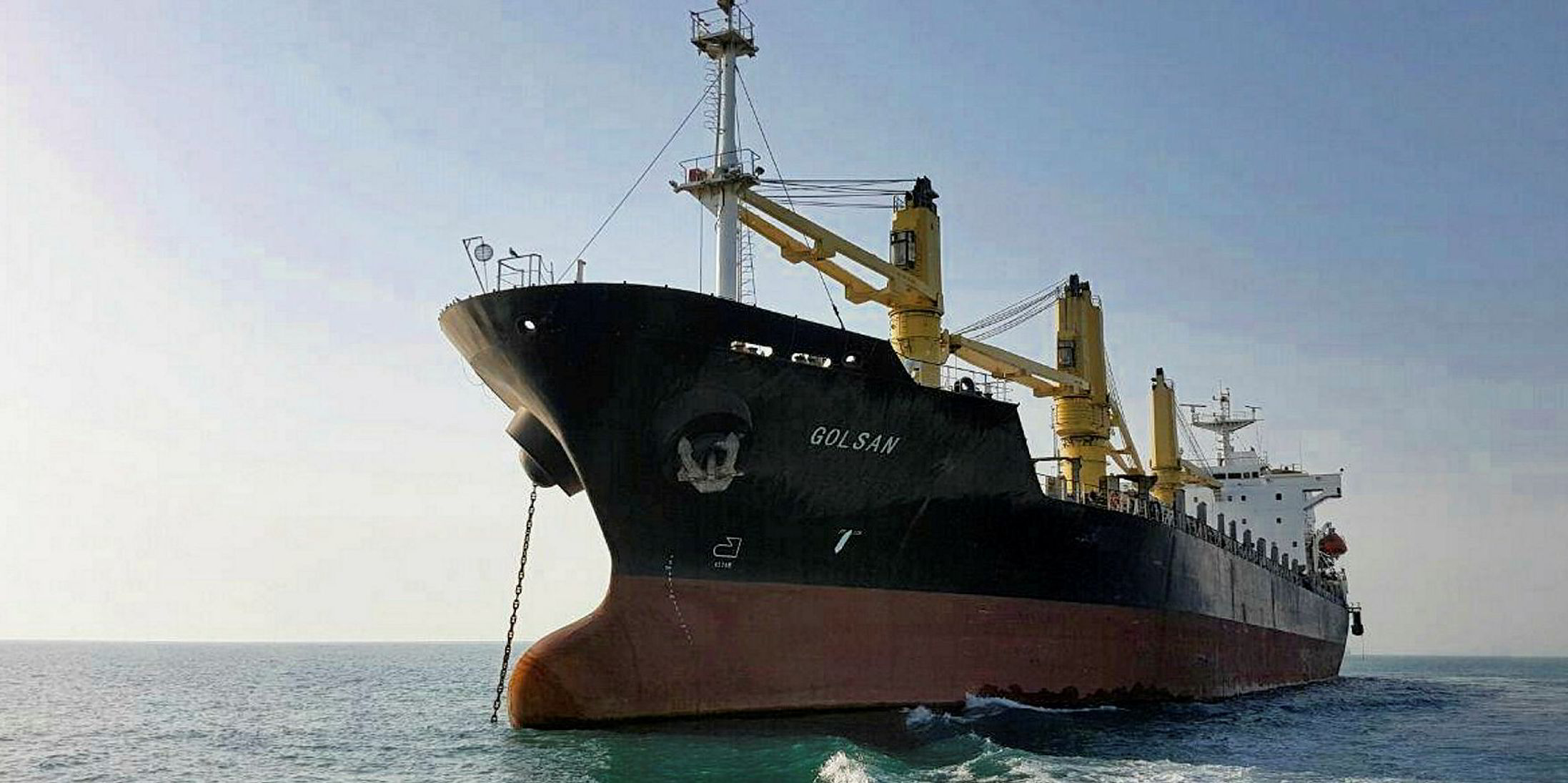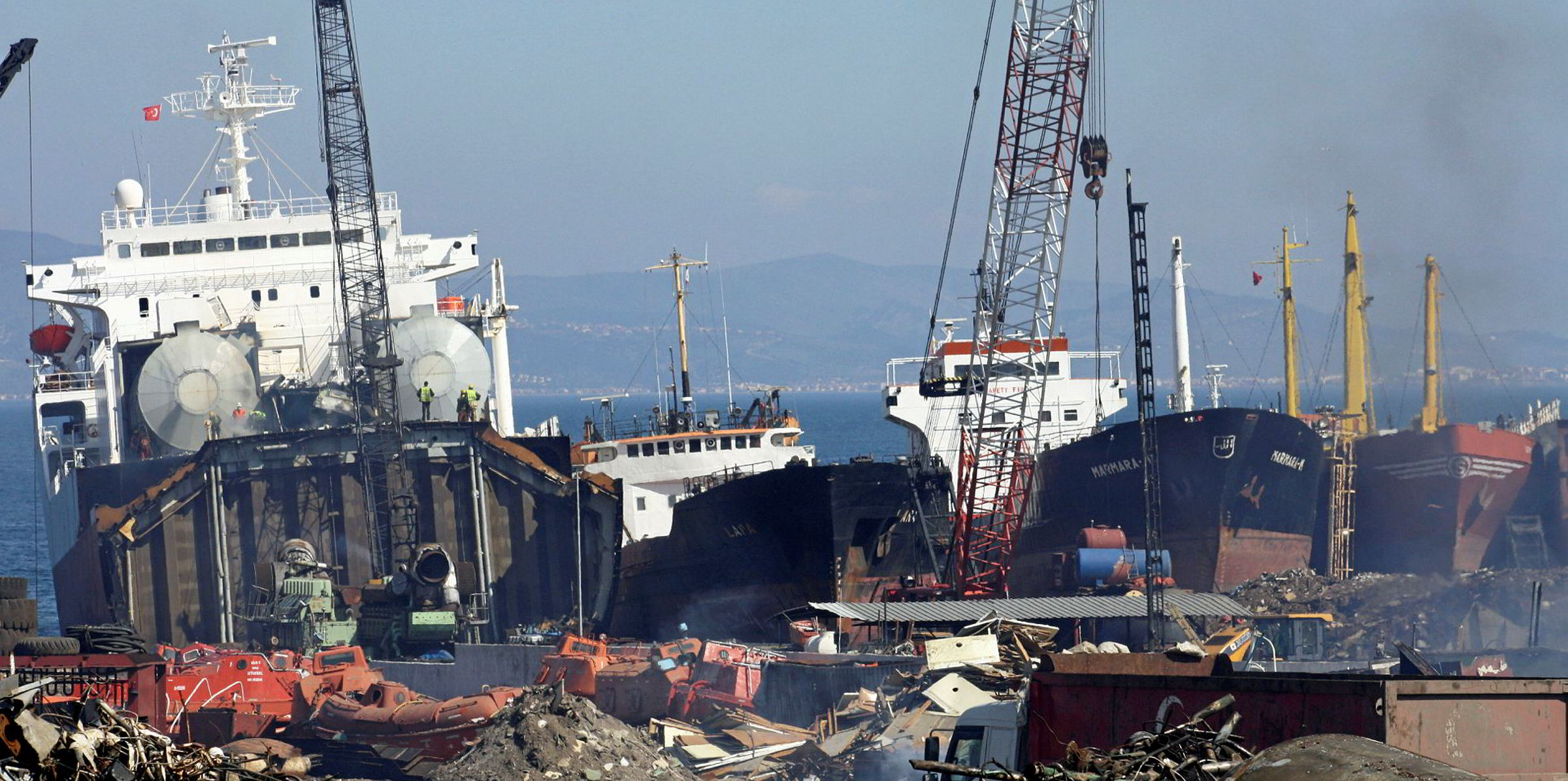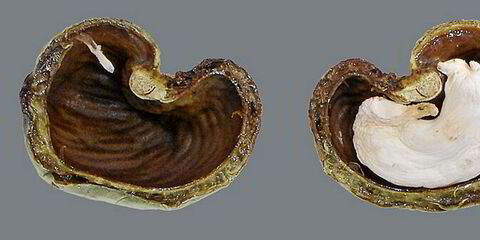Clarksons Research is forecasting overall 2020 tanker demand drops as the number of idle vessels reached the highest level since 2015.
Rates for crude and product carriers continued to soften in August, following sharp declines in June and July, as cargo counts remained low and Chinese port delays eased.
Idle crude tanker capacity constituted more than 7% of the fleet at the end of August, the highest level in almost five years.
Average crude tanker earnings fell 16% month-on-month to $13,820 per day in August, down 85% from the April average, the company said.
Slightly better for clean ships
"However, clean product tanker earnings showed marginal improvements in August, as rising oil demand and refinery throughput began to impact and arbitrages began to open up, with clean MR earnings up 12% month-on-month to $10,508 per day," it added.
The company believes crude tanker tonne-mile demand will be down 6% over the whole of 2020.
Pressures from "sharply" lower oil demand and supply, as well as reduced refinery runs, will also see product carrier demand fall 4% this year, the company said.
Oil demand is forecast to drop between 8% and 9% over 2020, with oil supply down 6% and refinery volumes off by 8%.
Underlying tanker fleet growth is expected to reach about 3%, although "active" capacity growth may be limited to about 1%.
"Following historically robust conditions in March to May, negative demand-side impacts from the pandemic are now filtering through, alongside pressures from increasing available tanker supply, resulting in likely continued pressure in the short-term," Clarksons Research said.
"However, there is potential for a return to more positive trends within 2021 as oil markets start to rebalance, although clear risks to the demand outlook remain."
The company views the outlook in the short-term as "challenging."
Oil trade growth is expected to be limited in the rest of 2020, with inventories at near record highs in many regions and pressure expected to persist from lower global oil supply, despite the easing of OPEC+ output cuts.
Storage unwinding
Then there is the unwinding of barrels held in storage on tankers.
This remains at historically elevated levels, as significant oil surplus and contango in oil markets persists, Clarksons Research said.
About 9% of crude ships are tied up on storage contracts, with the figure for VLCCs at as much as 12%, not far below the May peak.
Meanwhile, product tanker floating storage continued to trend down, falling to between 3% and 4% in August, well below the peak of 10% in May.
Fearnley Securities said a few more points were shaved off VLCC rates on Tuesday, with the Middle East Gulf to South Korea route at Worldscale 28 or $9,000 per day - approaching opex levels.
The Gulf fixture count for September has barely passed 40 despite mid-month loading dates being announced.
Exports remain muted despite OPEC production numbers rising 0.95m barrels per day in August, compared to July, Fearnley added.
Congestion to ease?
In China, the congestion off Shandong is expected to gradually decrease in the coming months due to reduced arrivals in September and October and increased refinery runs as flooding eases, the investment bank said.
Non-state Chinese refineries have already started to pick up some West African cargoes, it added, either reflecting new restocking quotas for the fourth quarter or strong product demand over the winter season.
"Another sign of Chinese demand being strong is Sinopec reportedly cancelling planned refinery works over the next few months," Fearnley said.






